Your lawn might seem like it is not affected by variations in the temperature and weather, but it is. If you are struggling with a brown lawn or a lawn that is sparse and will not grow, you might have missed the ideal fertilization window to help your lawn make it through the harshest months of the year.
The freezing temperatures and harsh heat of Illinois can cause long-lasting damage to your lawn, but fertilization can help prevent your lawn from going into shock and struggling to grow again after a bout of tough weather. Many homeowners are unaware of the right fertilization schedule for optimal lawn health.
If you are ready to learn more about how fertilization helps your lawn withstand harsh weather, read on!
What is Fertilization For Your Lawn?
Lawn fertilizer is made for different grass varieties and can be balanced for specific seasonal care, but all lawn fertilizers will offer some combination of nitrogen, phosphorus, and potassium. These fertilizing agents will protect your grass from damage and will create the lush, green color that everyone is looking for when they think of a healthy lawn.
Nitrogen is the agent which promotes rapid growth and lush color. Phosphorus helps support the root system and potassium maintains the turgor pressure in the cells of the plant which promotes health despite challenging weather and other taxing conditions. All of these factors must be present to support a green and healthy lawn year-round.
In addition to protecting your lawn from damage caused by the weather, proper fertilization can prevent weeds and other kinds of grasses from growing in your lawn. These invaders can break up the integrity of your lawn and damage its health just as much as incorrect fertilization timing.
How Lawn Fertilization Helps Your Lawn Withstand Harsh Weather
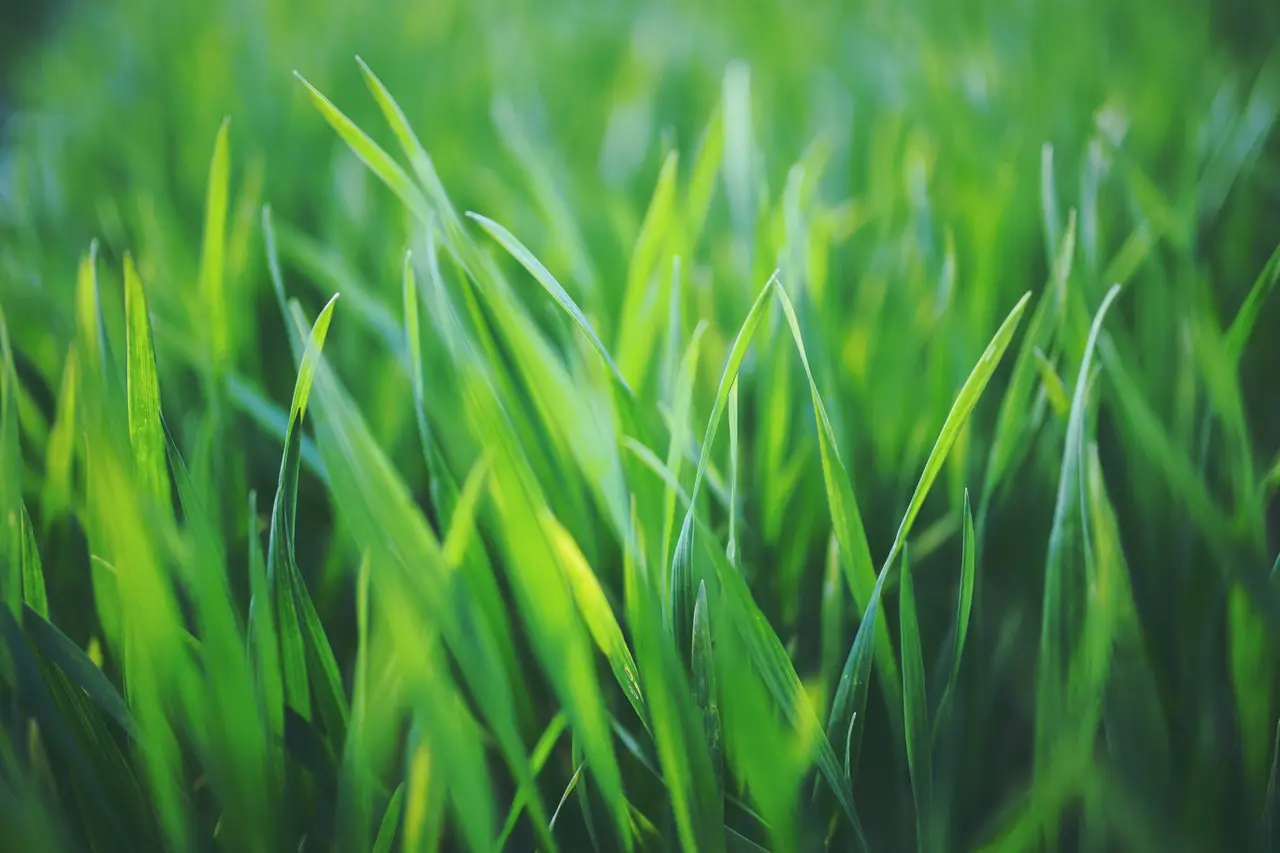
The basic description above should have clarified what lawn fertilizer can offer your lawn, but you might still be wondering how you would apply these products to create a healthy lawn for all seasons of the year. This is where professional guidance can be a big help to your lawn care needs.
Working with a lawn care service, you will have the optimal experience from the application of your fertilizer and this process will be done at strategic times of the year for ideal and optimal lawn growth and year-round health.
The time of year for fertilization of your lawn can vary based on your location and the kind of grass that you have in your yard. As a rule of thumb, you want to fertilize when your grass is growing.
· Cool-Season Grasses
These are grasses like Kentucky Bluegrass and tall, fine fescues. These grasses grow best in low temperatures and have peak growing seasons in early spring, just after the end of their winter dormancy period. Their secondary growing season is early fall. This means that you will need to fertilize these varieties of grasses in the cooler parts of the year before summer comes along to challenge their hardiness.
· Warm-Season Grasses
These grasses are varieties like Bermuda, Centipede, and Augustine Grass. These grasses are tropical grasses and they prefer to grow in warm temperatures. This means that their growing season is midsummer. These are tough grasses, but they have a hard time in the winter months if they have not been fertilized during the summer to prepare them to survive the harsh cold in some regions of the US.
Many homeowners do not know what variety of grass they have in their yard and just guess at the proper times to fertilize. Fertilizing when the grass is not growing limits the benefits of the fertilizer application, and it can even cause damage to some varieties of grass and limit their ability to grow once they come out of their dormant season.
When to Fertilize Your Lawn in Illinois to Help it Resist Extreme Weather
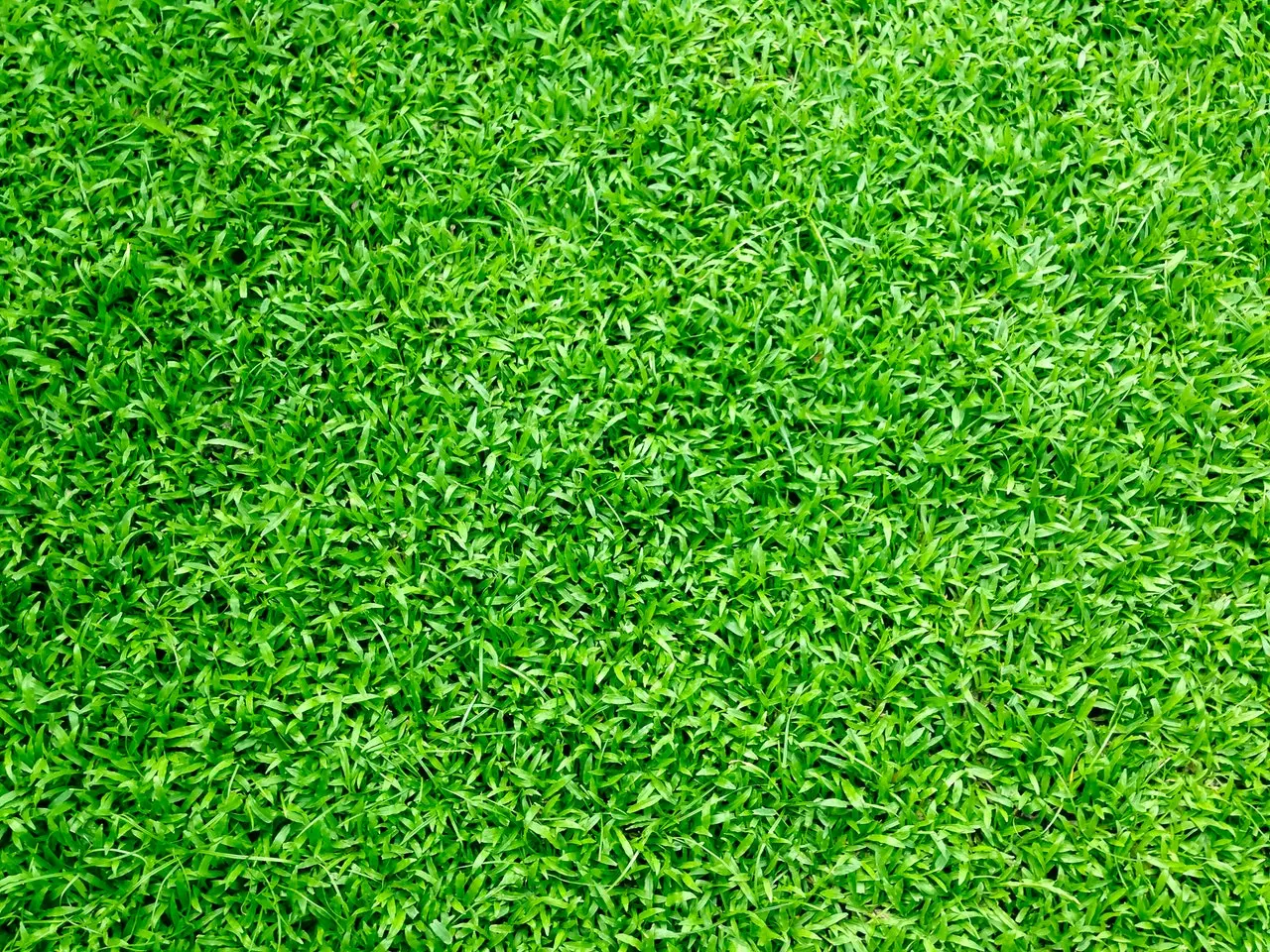
Here in Illinois, we have both hot summers and cold winters. This can be a big challenge to your lawn during both parts of the harsh weather phases of the year. In addition, different parts of the state have different planting and growing seasons, which can make it hard for homeowners to know when it is the perfect time to fertilize their lawn.
Cool-season grasses are common in Illinois, and they need to be fertilized in early September, then again in early May. If you are going to do third and fourth applications for your maintenance plan, those need to be applied in mid-June.
Warm-season grasses are less common but they can be planted in some parts of the state. These grasses need fertilized in April or June and then again in August and the beginning of September. This can lead to challenges with cold weather and high heat during the middle of the summer, but you can time your warm-season grass fertilizing around the projected weather patterns for your part of the state.
Knowing what kind of grass that you have in your yard is essential to maintain it properly and you will be much happier with its overall health and green color if you are timing your applications of fertilizer for the variety that is planted in your yard.
Fertilizing Your Lawn Creates a Beautiful Yard The Can Stand Up to the Harsh Illinois Climate
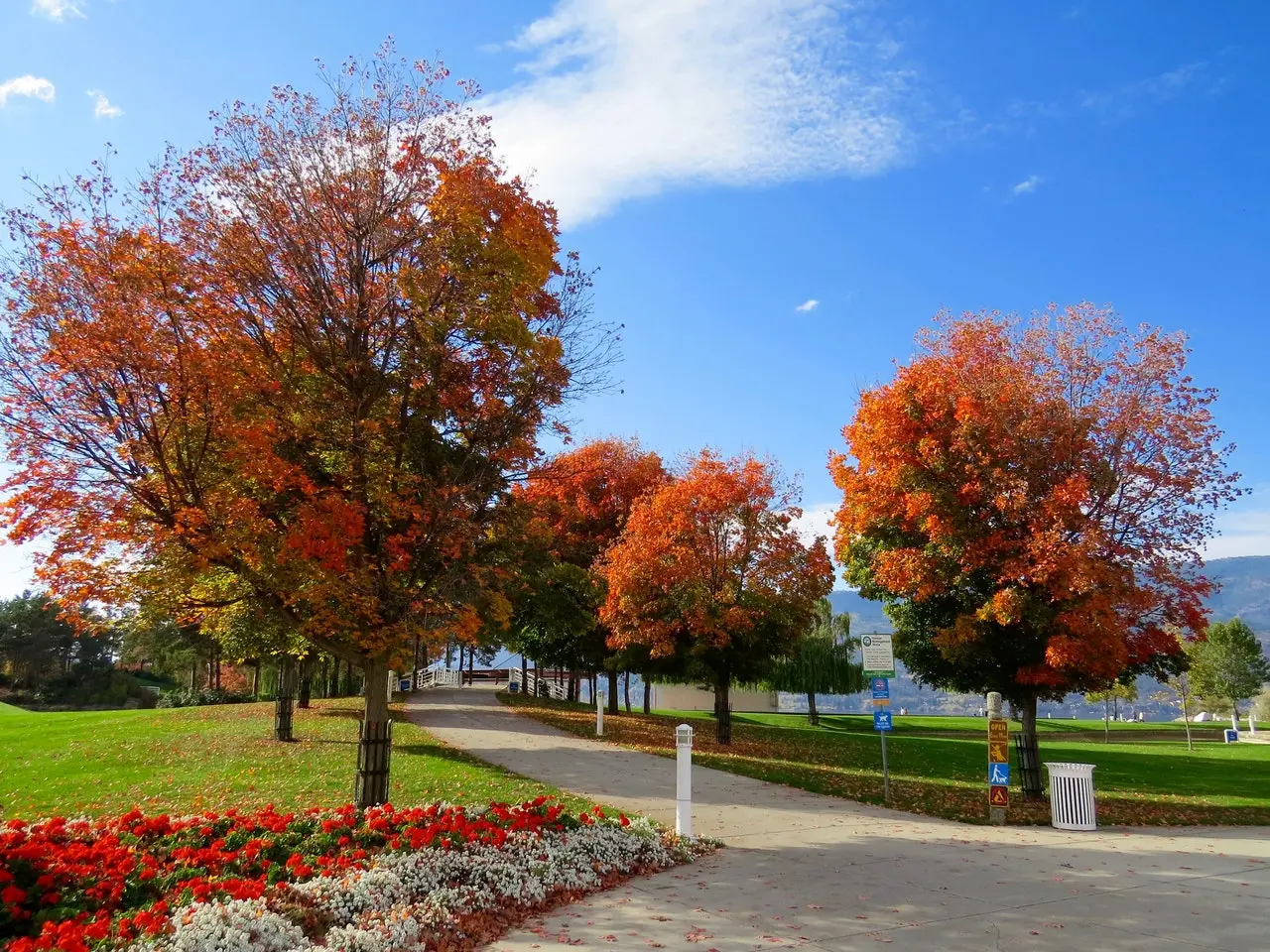
If you have been struggling with getting your lawn to turn green or to grow year-round, you are not alone! Fertilizing your lawn properly has as much to do with picking the right products to apply as it does with timing the application of those products perfectly.
This is where we can help! At Linnemann Lawn Care, we offer complete yard care services from pruning and trimming to lawn care and flower bed maintenance. We can help you to manage the care of your lawn during each season and make sure that it looks green and beautiful year-round.
Contact us today and we can come to your home and provide you with a consultation and quote for your year-round lawn care needs. Having the best-looking lawn on the block is easy with us on your side!


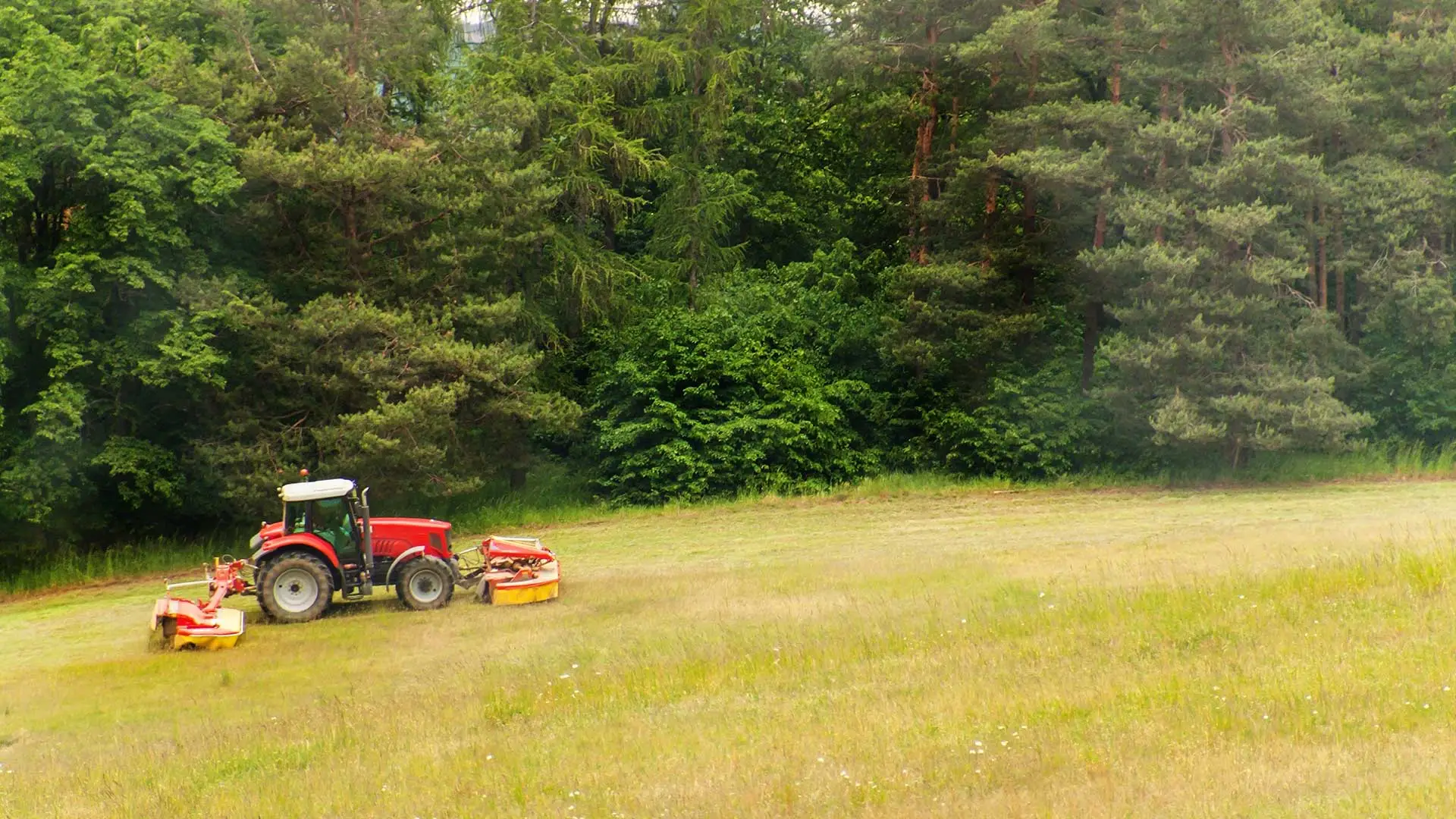
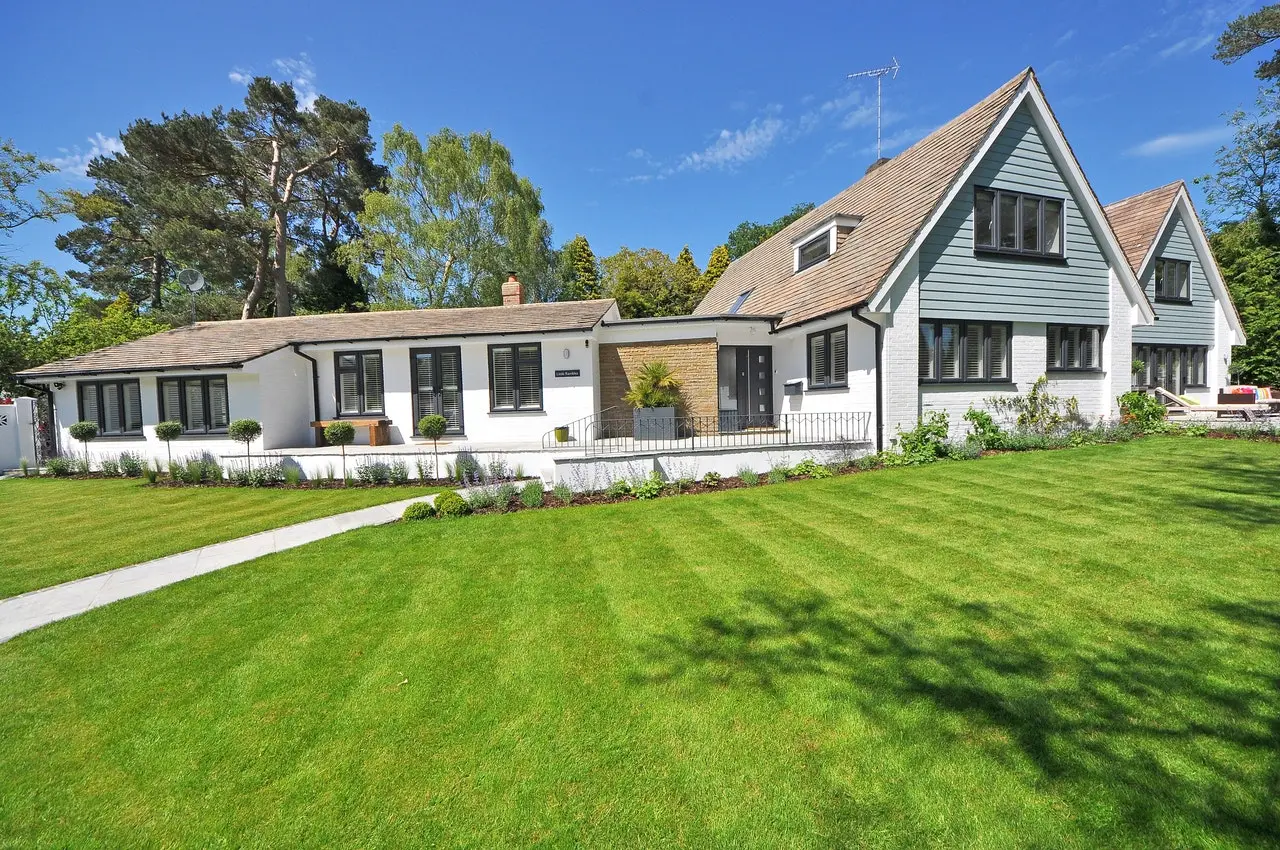

Comments (0)
Thanks for your comment!
Thanks for your feedback! Your comments have been successfully submitted! Please note, all comments require admin approval prior to display.
Error submitting comment!
There is a problem with your comment, please see below and try again.